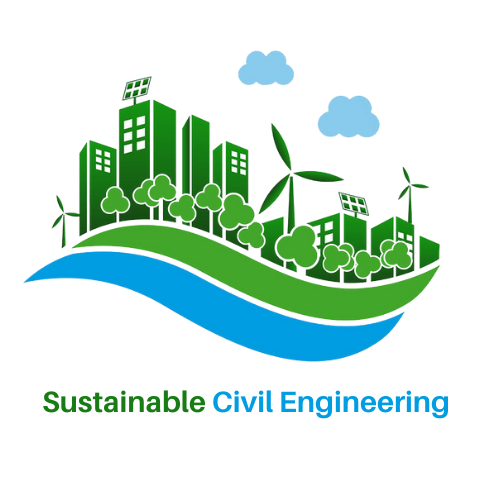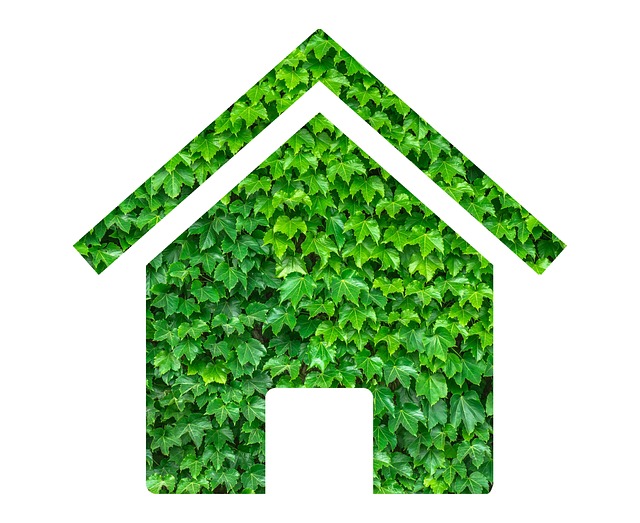Sustainability Begins at Home
The pandemic reinforced the truth behind the adage, “necessity is the mother of invention.” However, I would extend that saying to include innovation. We didn’t just invent new ways to navigate the pandemic—like the rise of Zoom—but also adapted and innovated to make our lives more efficient and cost-effective. Many of us found creative ways to stretch resources, whether by repurposing household items when stores were closed or making small adjustments that had long-term benefits.
In that same spirit, sustainability should start at home. The urgency of protecting our environment is becoming increasingly evident. The pandemic highlighted the disproportionate impact on marginalized communities, exposing deep-seated issues such as homelessness, poor living conditions, and environmental injustice. Rather than waiting for government initiatives to clean our air and water, we can take proactive steps—beginning in our homes. Simple modifications and habit changes can accumulate into meaningful progress, such as:
Energy Efficiency and Renewable Energy
While gas stoves have long been a favorite for cooking, studies show that natural gas is not as clean as previously thought. San Francisco, for instance, banned natural gas installations in new construction as of November 2020, meaning new buildings rely solely on electricity for heating and cooking. Homeowners with existing gas systems can consider transitioning to electric alternatives, such as tankless electric water heaters, which are far more efficient than their gas-powered counterparts.
One of the most impactful changes we can make is switching to solar energy. Although solar panel installation requires an upfront investment, tax credits help offset the cost, and in the long run, the savings on electricity bills make it worthwhile. On average, solar panels pay for themselves within six to ten years, making them both an environmentally and financially sound choice.
Eco-Friendly Materials and Products
Every purchase we make affects the environment. From cleaning supplies to furniture, we can choose sustainable alternatives. Instead of chemical-laden cleaners, we can use natural solutions like vinegar and lemon juice. Regarding larger items, opting for secondhand furniture—often crafted from real wood rather than particleboard—reduces waste and minimizes demand for disposable, mass-produced goods.
For home renovations, salvage stores offer quality doors, windows, flooring, and lumber at a fraction of the cost of new materials. Older materials often feature superior craftsmanship and durability, making them a smart and sustainable choice.
Waste Reduction and Recycling
Recycling is important, but reducing waste is even better. Many households generate an astonishing amount of packaging waste, even with just a few members. While some items, like dairy and toiletries, require packaging, we can cut down significantly by shopping at bulk stores that allow customers to bring their containers. Butcher shops and co-ops also often accommodate waste-conscious consumers, reducing reliance on excessive plastic and paper packaging.
Water Conservation and Rainwater Management
Most households have already adopted water-efficient toilets, faucets, and appliances. However, toilets alone still account for nearly a third of home water use. Rainwater collection systems can be a game-changer, particularly in regions with consistent rainfall. Even in drought-prone areas like the Bay Area, harvesting rainwater for toilet use and irrigation can yield substantial savings.
A well-designed rainwater system includes a storage tank—typically around 1,000 gallons, or 5’x5’x5′ in volume—combined with gravity flow or a pump system. While the initial investment ranges from $2,000 to $5,000, with storage tanks costing between $800 and $1,200, the system pays for itself over time. The average San Francisco water bill for a family of four is around $140 per month so that a rainwater system can break even in as little as two to six years.
Conclusion
Sustainability is not just a lofty goal—it’s practical and achievable. We can collectively create a significant environmental impact by making small, deliberate changes in our homes. Whether through energy efficiency, mindful shopping, waste reduction, or water conservation, every action contributes to a greener future. The time to start is now, and the best place to begin is at home.
Jorge Romero, PE, LEED AP, PMP, is a licensed civil engineer in California and an accredited professional in sustainability. Feel free to contact him if you have any questions or comments regarding this article and/or for inquiries regarding consulting and training in LEED certification, as well as general sustainability methodology.

